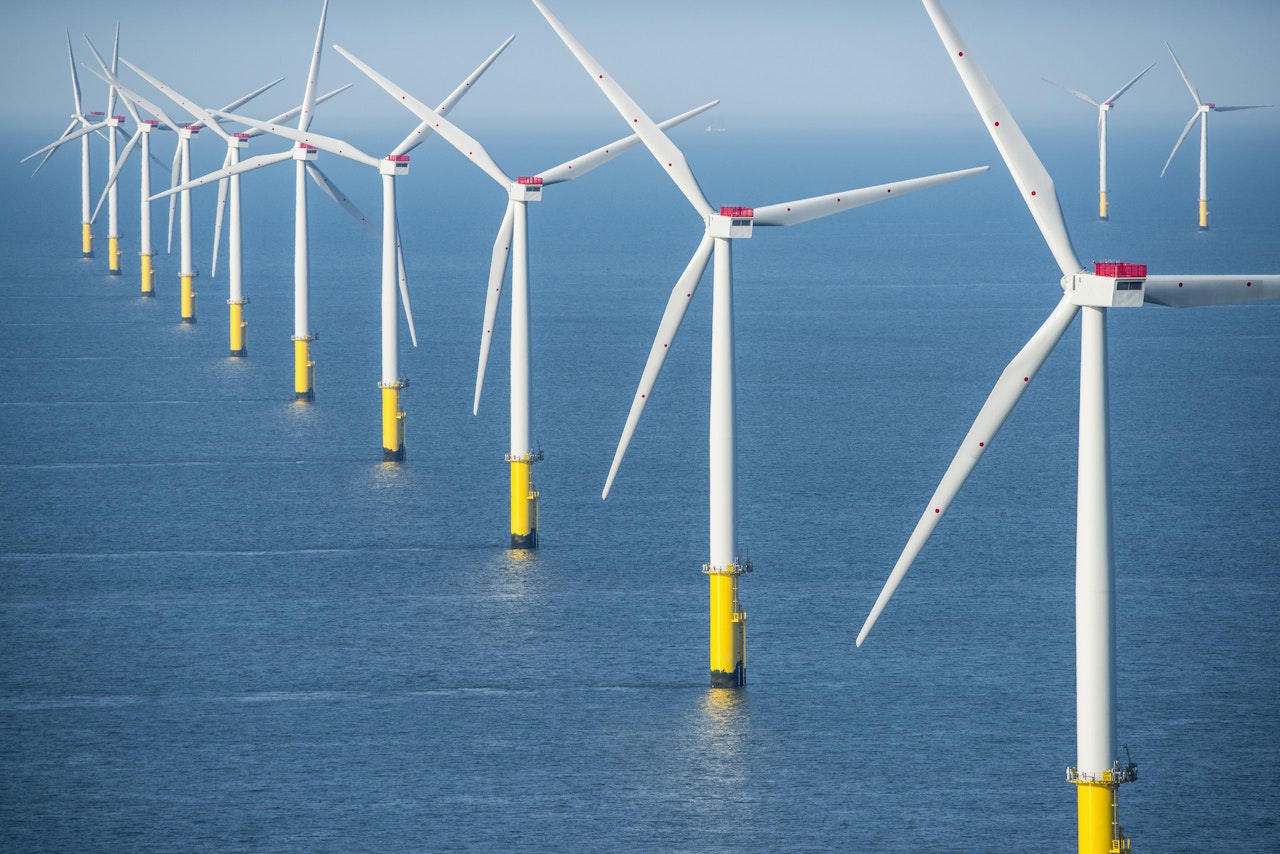
Bridget Sparrow-Scinocca

Profile
Bridget Sparrow-Scinocca is a doctoral researcher in the first year of her Ph.D. at Bangor University where her research focuses on utilising trait-based approaches to understand the potential impacts of offshore wind farms on the benthic ecosystem. To support her research, she uses the Marine Data Exchange to find relevant data to support her work.
Having grown up in Canada and graduated from the University of Toronto, Bridget has gone on to gain an MSc in Ecology, Evolution, and Conservation at Imperial College London where she carried out research with the Zoological Society of London where her work has involved using deep-sea imagery to better understand ecosystem dynamics and to identify a vulnerable marine ecosystem in the Davis Strait, Greenland. Following her MSc, she has also completed deep-sea imagery annotation work for the Department of Fisheries and Oceans Canada, Cefas, and JNCC.
What inspired you to pursue a career in ocean science?
I have had a lifelong love of nature. My favourite times growing up were spent at a lakeshore in Ontario, and at a beach in Florida. I spent all my childhood summers exploring these two places and wanted to learn about all the creatures that inhabited them. Starting at 2 years old I was catching frogs, fish, leeches, turtles, crayfish and snakes and had such a strong desire to learn about them and help them. Growing up I always watched Steve Irwin shows with my grandpa, and it inspired me to follow my passion and become part of the community of nature conservationists.
Within your professional career, what work are you most proud of?
I am most proud of my work developing and implementing a Community Science Bat program at the Toronto Zoo. This program was designed to engage community scientists in conservation work in order to learn about bat species in Ontario, while also allowing us to collect useful distribution data about species at risk. I worked in partnership with people from different communities around Ontario including field naturalists, conservation authorities, and First Nation and Métis communities. It was a very successful project, and I grew the program from 15 volunteers in the pilot year to over 100 volunteers in the second year of the program. The project I designed and implemented was presented by my supervisor and funding partners at the 15th meeting of the Conference of the Parties to the UN Convention on Biological Diversity (COP15). I am most proud of the work where I have been able to share the knowledge I have gained through outreach, guest speaking events and demonstrating for courses. I also think that this project was a great lesson of how scientific skills can be utilized in a variety of ways to make a positive impact. Though my focus is as a marine ecologist, I now am also a member of a great bat conservation community.
What are some of the most exciting innovations or breakthroughs happening in your area of work right now?
I have used online annotation platforms to identify over 200 different types of deep-sea species in imagery recorded from marine habitats all around the UK and off the eastern coast of Canada. One problem we have in this field is that we typically have to individually identify tens of thousands of organisms for each survey. This can take an incredibly long time and limit the amount of data we are able to process. New projects are starting to use expertly identified datasets to train AI-based programs to identify species from imagery. It is still trial and error at this point as we strive to train programs to be able to identify species from different places with imagery with different levels of quality. Once these programs can identify different types of species with a high success rate, we will be able to process large amounts of data much faster. This will allow for marine policy and conservation to be based on the most up-to-date scientific data.
If your job had a theme song, what would it be?
My theme song would be Calypso by John Denver. ‘To live on the land, we must learn from the sea.’
How has your journey in this field shaped your perspective on gender equality in STEM?
My personal experience as a female in science has overall been very positive. I have had the opportunity to work with many strong and brilliant women who have inspired me to go after any goals I had set for myself. I am very aware of the hard work done by women scientists who have come before me and made possible the opportunities I have had. I hope to be a role model for a future generation of diverse marine biologists. I do believe we are moving in the right direction to have a more diverse, and therefore more impactful scientific community.






